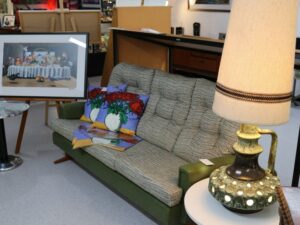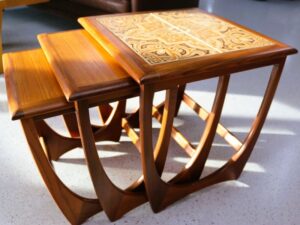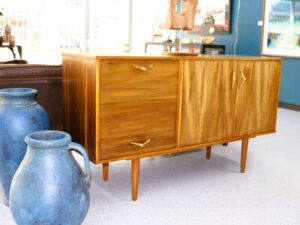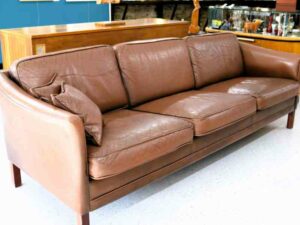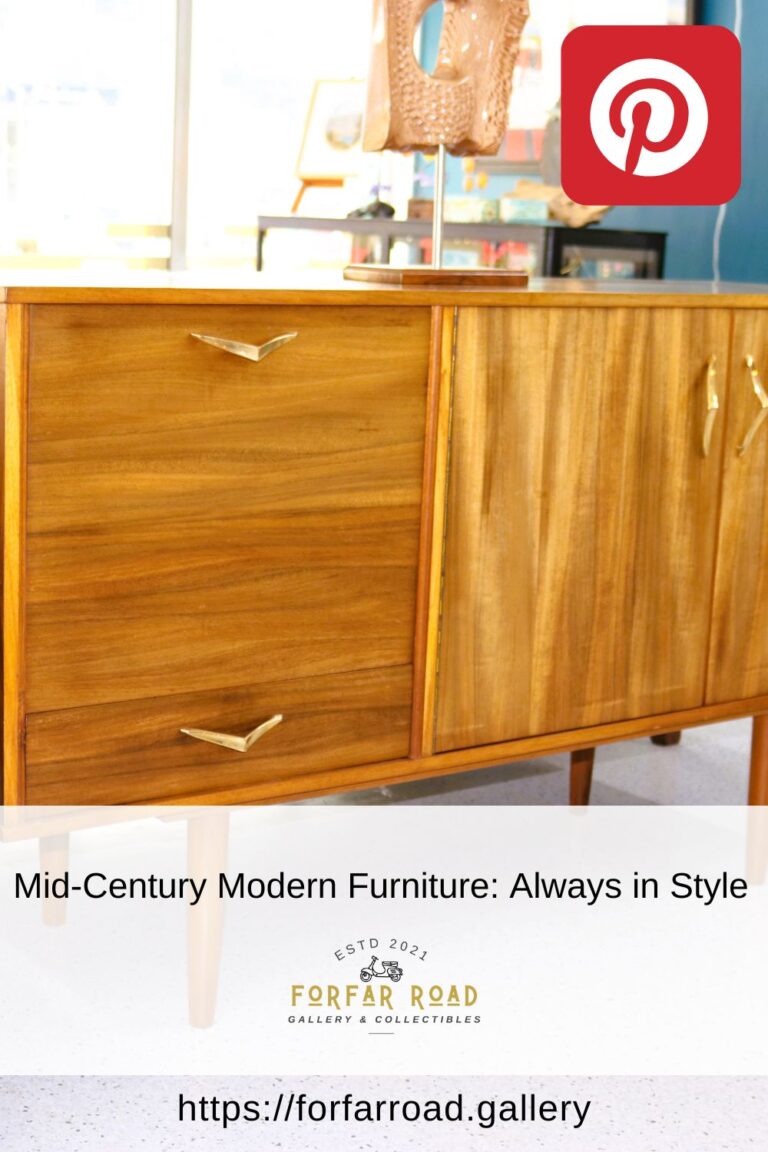What is Mid-Century Modern Furniture?
Mid-century modern furniture is renowned for its clean lines, organic curves, and harmonious balance between form and function. Emerging in the post-war period, it was a time when designers sought to bring beauty into everyday life without excess. The style draws heavily from nature, with shapes that feel fluid and materials that highlight natural grains. The result is furniture that is elegant yet approachable — pieces that are as practical in a busy household as they are striking in a curated collection.
What to Look For When Buying Mid-Century Modern Furniture?
One of the hallmarks of mid-century modern design is the marriage of functionality and form. Look for pieces that combine practicality with a distinctive sense of style. Original works often feature tapered legs, smooth silhouettes, and clever storage solutions. Materials such as teak, walnut, and rosewood were carefully chosen not only for their beauty but also for their strength and sustainability. Upholstery often carried bold colours — mustard yellow, avocado green, burnt orange — lending vibrancy to otherwise simple forms. When buying, authenticity and craftsmanship are key: solid wood construction, quality joinery, and provenance all add to the value of a piece. Condition also matters—many pieces can be restored, but original finishes often carry more value.
Why Do People Like Mid-Century Modern Furniture?
Part of the appeal lies in its timelessness. While rooted in the 1950s and 60s, mid-century modern furniture feels just as at home in today’s interiors. Its uncluttered look complements open, airy spaces and connects seamlessly with the outdoors. Designs such as the Eames Lounge Chair, the Noguchi coffee table, and the Egg Chair have become icons, admired not just for their beauty but also for their comfort and practicality. Many pieces were handmade, reflecting the skill of artisans who valued durability and detail. This quality ensures that mid-century furniture often outlasts modern mass-produced alternatives, while retaining its charm and value.
How Can You Tell if Furniture is Mid-Century Modern?
Mid-century modern furniture carries a minimalist philosophy — the idea that less is more. Look for simple, sculptural forms, natural wood finishes, and an absence of unnecessary ornamentation. Authentic pieces often feature subtle design details such as tapered legs, geometric shapes, or organic curves. Materials like teak and walnut give a warm, inviting tone, while occasional bursts of colour in upholstery or accents reflect the optimism of the era. Genuine mid-century modern items were built with craftsmanship in mind, and many remain in excellent condition decades later.
Is There a Difference Between Mid-Century and Mid-Century Modern Furniture?
Yes. Mid-century is the broader time period, while mid-century modern specifically describes the design style that emerged during that era. Not all furniture from the 1940s–1960s fits into the modernist look—some leaned more traditional or ornate. Mid-century modern is defined by simplicity, functionality, and innovation.
The Enduring Appeal of Mid-Century Modern Furniture
What makes mid-century modern so enduring is its versatility. These pieces integrate seamlessly into a range of interiors, from minimalist to eclectic, complementing both vintage and contemporary styles. Their light, uncluttered forms make rooms feel more spacious and connected, while their durability ensures they continue to be enjoyed for generations to come. More than just furniture, they represent a design philosophy that values simplicity, craftsmanship, and the belief that beauty belongs in everyday life. It’s little wonder that, decades after its beginnings, mid-century modern furniture continues to be one of the most sought-after styles in the world.
What Wood is Used for Mid-Century Modern Furniture?
The most common choices were teak, walnut, oak, and rosewood. Each offered durability as well as beauty. Teak, in particular, became a hallmark of the style thanks to its warm colour and fine grain. Scandinavian designers also embraced lighter woods, which added to the sense of brightness in interiors.
Is Mid-Century Modern Furniture Solid Wood?
Yes, most original pieces were made from solid wood or high-quality veneers over plywood. This combination allowed designers to achieve sleek shapes without compromising strength. Unlike many mass-produced items today, mid-century modern furniture was built to last—and much of it still does.

